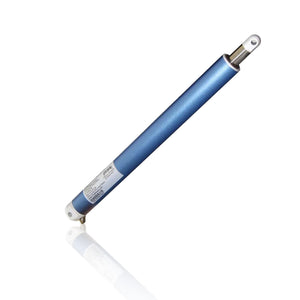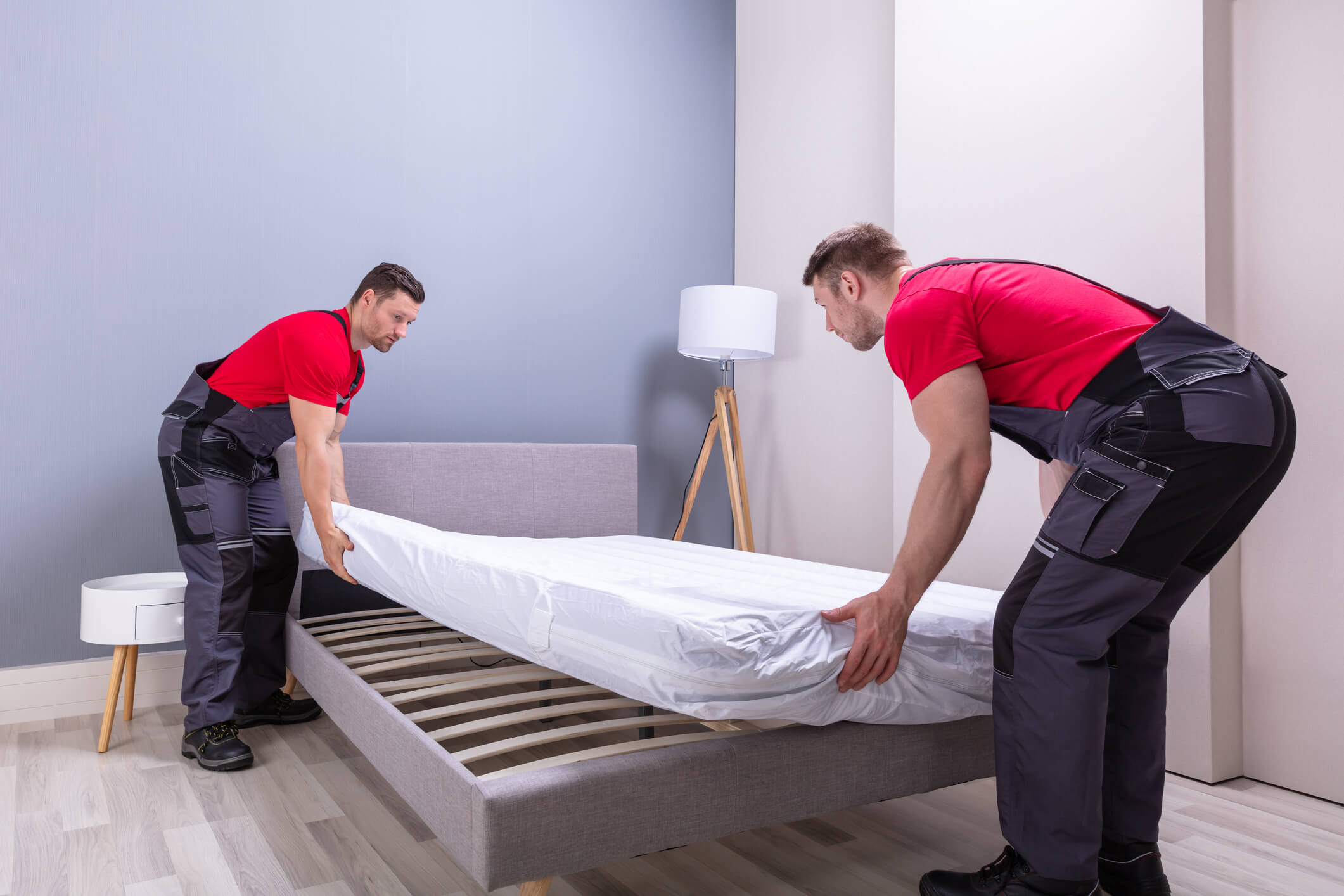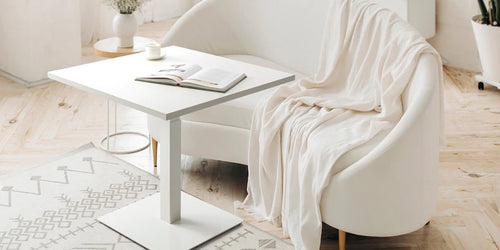Flip-up windows are automated windows that are powered by high-quality actuators that power the windows and open them with a remote control.
These windows have various useful applications, from commercial to household. Today, we’ll extensively review flip-up windows and highlight how to use actuators to control these special windows!
What is a Flip-Up Window?
A flip-up window is a pass-through window without a bottom rail or support that pops open in an upward direction. Utilizing hinges mounted to a top support frame, this window swings out and up and then locks into place at 90 degrees.
Electric window actuators control the window and users can operate them remotely. Users can activate the motor that powers the opening mechanism by simply pressing or holding down a button. The actuator is a crucial part of the process that makes movement possible.
How to Use Linear Actuators to Flip Up Your Window
A linear actuator uses two opening mechanisms called the rack and pinion and rod to generate enough power to flip up the window. Let’s look at how to use them.
Rack & Pinion
A rack and pinion’s opening mechanism operates by transforming rotational motion into linear motion. The pinion is a circular gear that works on a linear bar called a rack. Power is transmitted to the pinion, which causes it to rotate, making the rack move in alignment with the pinion.
The applied power then converts the rotational motion of the pinion into linear motion. The rack is enclosed in an external casing and attached to the window for electric window openers. As the pinion moves, the rack pushes out, thereby opening the window.
Rod
A track is attached to an extendable rod, and both components are protected by an external housing. The electric motor supplies power to the rod, which then starts to lengthen. The window has been connected to the rod, so as it extends, the window will start to open.
Best Places to Install a Flip Up Window
There are many places flip-up windows fit into your home or business. In homes, they can offer a scenic view of the outdoor elements in residential homes.
These unique windows guarantee proper airflow when placed in a kitchen, and they make relaxation time a treat. Flip-up windows can also serve as pass-through windows that connect your kitchen with outdoor dining areas, providing an airy and less congested eating area. You can also use these windows in your attic to bring light into the space and they can also open up to bring in air when needed.
You can even get more value from flip-up windows in commercial settings. They can be placed at the serving area or right in front of the kitchen in the restaurant or café. This way you can serve your customers when it’s mealtime and leave it shut while you’re busy, all with the touch of a button. These windows give the impression of a seamless transition and a wider, less congested space for a cafe or restaurant with an outdoor area.
Flip-up windows also work well in restaurants without outdoor space. The windows provide an outdoor view that breaks up the space and allows customers to enjoy outdoor views.

Installation Considerations
There are certain conditions that you must meet before you can install actuators on your flip up window. Here are four installation factors to consider.
1. Install the actuators on aluminum window frames. The automated window opener’s accessories are composed of stainless steel that is roughly 3 mm thick. The actuator will remain properly in place when mounted on aluminum window frames as opposed to plastic ones.
2. Before installation, make sure the windows are fully functional. The window frames shouldn’t be damaged, and there shouldn’t be any obstructions on the rails. Automatic window openers typically have a maximum force of around 20 kgf. However, if there are any obstructions or dents, the window openers may get damaged during operation. Therefore, ensure you check out your windows before installation.
3. Ensure there is a spot for “L-shaped fixing brackets.” The window opener is mounted on the frame using the “L-shaped fixing brackets”. For installation, the bottom window frame must have a minimum height of 5 cm.
4. Ensure there is an electrical socket close to the automated window opener. If there is no socket close to the window, you can hire an electrician to fit a new one so you can operate the motorized flip-up window.
Conclusion
That’s all there is to know about flip up windows. Consider installing a flip up window to elevate any space in your house or business. Furthermore, make sure you get a premium linear actuator to power your flip-up windows and enjoy transformative comfort at the touch of a button!











